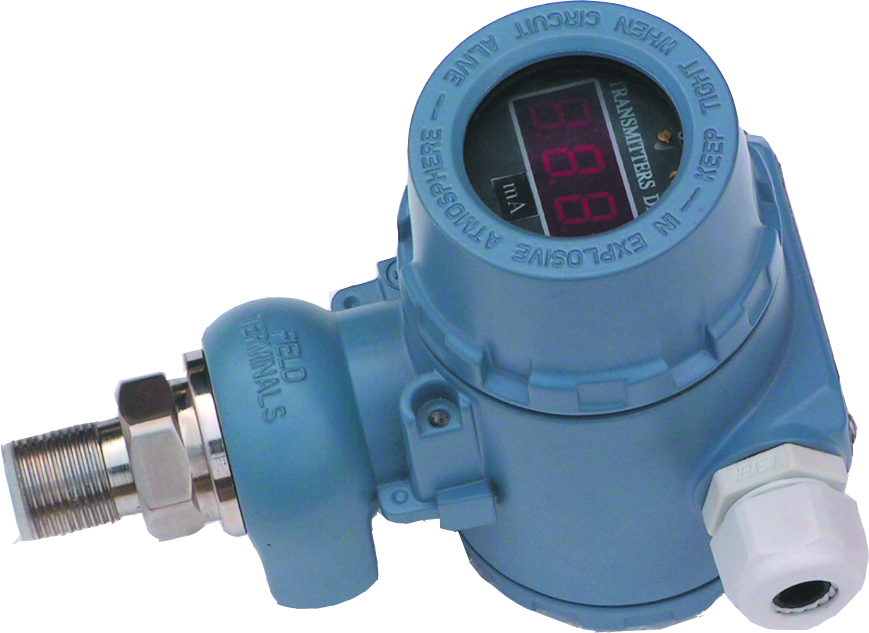It is very simple to buy a transmitter online, and it can be solved through a mobile computer. Many manufacturers do not understand the transmitter, and always think that the transmitter is a pressure transmitter and a differential pressure transmitter is a transmitter, which has caused many misunderstandings. In order to prevent manufacturers from taking detours, we will carefully analyze the principles and characteristics of pressure transmitters and differential pressure transmitters and distinguish them.1. PrinciplesFirst, we understand the principles of pressure transmitters and differential pressure transmitters.1. The principle of pressure transmitterThe electrical component that the pressure transmitter feels pressure is generally a resistance strain gauge, which is a sensitive device that converts the pressure on the measured component into an electrical signal. Metal resistance strain gauges and semiconductor strain gauges are the most widely used resistance strain gauges. There are two types of metal resistance strain gauges: wire strain gauges and metal foil strain gauges. Usually, the strain gauge is tightly combined with the mechanical strain matrix through a special adhesive. When the stress of the substrate changes, the resistance strain gauge will also deform at the same time, thereby changing the resistance value of the strain gauge and increasing the voltage of the resistance.2. Differential pressure transmitterThe result measured by the differential pressure transmitter is the pressure difference, that is, the pressure difference. Since the oil storage tank is usually cylindrical and the area S of the cross-sectional circle remains unchanged, then gravity G=P≤point S, S is a constant, and G is inversely proportional to P, that is, as long as the value of P is accurately detected, it will be It is inversely proportional to the height of the liquid level h, and inversely proportional to the height difference H. When the temperature changes, although the oil volume increases or narrows, and the actual liquid level increases or decreases, the measured pressure is always the same.2. FeaturesPressure transmitter characteristics1. The pressure transmitter works reliably and has stable performance.2. Dedicated V/I integrated circuit, few peripheral components, high reliability, simple maintenance, small size, light weight, and very convenient for installation and debugging.3. Aluminum alloy die-casting shell, three-terminal isolation, electrostatic spraying protective layer, sturdy and durable4. 4-20 madc two-wire signal transmission, strong anti-interference ability, long transmission distance5. There are three indicator heads: LED, LCD and pointer, which are very convenient for on-site reading and can be used to measure viscous, crystalline and corrosive media.6. High precision and high stability. In addition to the laser modification of the imported original sensor, the comprehensive temperature drift and nonlinearity of the whole machine in the use temperature range are also finely compensated.Differential pressure transmitter characteristics1. Measurement characteristics for pressure, differential pressure, liquid level, and flow measurement2. Digital accuracy: +(-)0.05%3. Simulation accuracy: +(-)0.75%+(-)0.1%F.S4. Full implementation: +(-)0.25F.S5. Stability: 0.25% for 60 months6. Amplitude ratio: 100≤17. Measuring ratio: 0.2s8. Miniature (2.4 kg) full stainless steel flange, easy to install9. The process connection is compatible with other products to achieve the best measurement10.16 bit computer smart transmitter11. Standard 4-20 madc, digital signal remote control based on Hart protocol12. Support the upgrade of fieldbus and field control-based technology
Post time: 21-09-21
